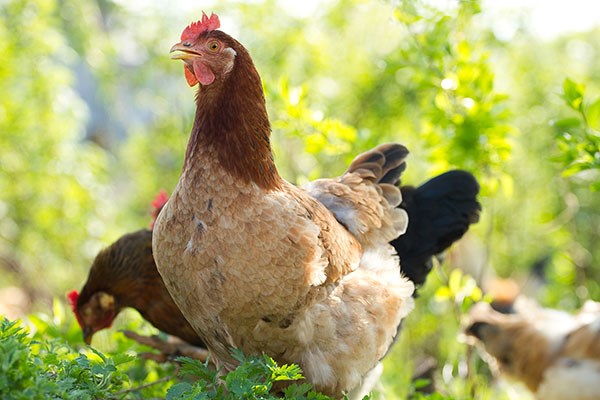After incubating the idea for years, regulations governing the allowance of chickens in Squamish’s urban neighbourhoods have hatched.
On Tuesday, July 8, District of Squamish staff unveiled guidelines for keepers of chickens and bees in town – the end point to discussions that started in 2012. While urban agriculture has hit major cities across North America – Vancouver, New York, Boston – Squamish’s challenges managing wildlife attractants was a stumbling block.
The new policies were crafted with the help of conservation officers and Wildsafe BC, district planner Elaine Naisby told officials at the Committee of the Whole meeting. They outline that residents are allowed four hens per parcel. The chickens nust be no younger than four months old, she noted. This will ensure that roosters are not brought into town, Naisby said, adding before the four month mark it is difficult to determine the sex of a chick.
Chicken coops are restricted to back yards with a continuous fence, have a 1.5 metres setback from the property line and be three metres away from windows and dwelling doors. The coop must also be enclosed by electric fencing.
The regulation banned the slaughter and sale of chicken meat, but make provisions for selling eggs.
If a strata of a townhouse complex or apartment votes in favour of keeping chickens, the property will be allowed four hens for the entire lot, not the individual units, Naisby said.
The municipality will set up a free, easy-to-use hen registry, district bylaw officer Christine Day said. This will aidstaff in getting information to hen owners in case of an incident, such as the outbreak of a disease, she said.
The district is also allowing its urban neighbourhood residents to take up beekeeping. Depending on the size of one’s lot, up to six hives can be managed on a single property.
Hives must also be enclosed by an electric fence. Beekeepers will also need to place signs around their property warning people about the bees.
Research and consultation for the drafting of the regulations was extensive, Day said. The first three readings of bylaw amendments were passed by council later that evening. The bylaws will come back to council’s table in for final adoption. Coun. Patricia Heintzman said the regulations seem logical.
“It will be interesting to see how this works out,” she said.



